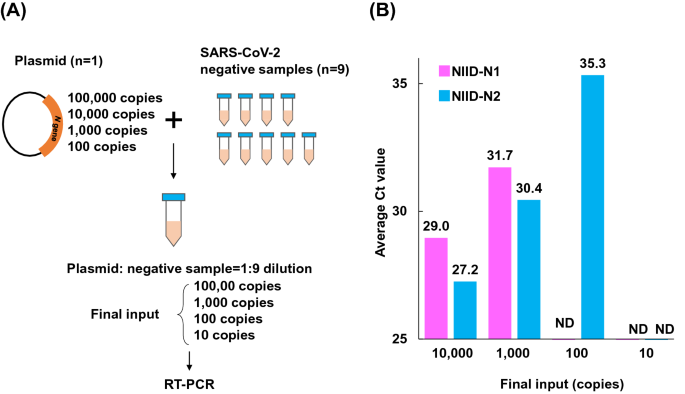

- #Erial dillution vs parallel dilution how to#
- #Erial dillution vs parallel dilution serial#
- #Erial dillution vs parallel dilution series#
#Erial dillution vs parallel dilution how to#
Solving Dilution Problems in Solution Chemistry CLEAR & SIMPLE – YouTubeThis video shows how to solve two dilution problems, using the standard dilution formula, M 1V 1 = M 2V 2.
#Erial dillution vs parallel dilution serial#
Serial dilutions are widely used in experimental sciences, including biochemistry, pharmacology, microbiology, and physics. (1pt) The buffers we use for restriction enzyme. Show the math you would use to dilute the concentrated stock solution to prepare 2.5 L of 1X buffer. (1pt) We purchase the buffer used for DNA agarose gels as a 50X solution. Serial dilutions are used to accurately create extremely diluted solutions, as well as solutions for experiments that require a concentration curve with an exponential or logarithmic scale. (1pt) Explain, in words, the difference between preparing a serial dilution or a linear (parallel) dilution. As is evidenced in this example, the concentration is reduced by a factor of ten in each step. For example, a ten-fold serial dilution could result in the following concentrations: 1 M, 0.1 M, 0.01 M, 0.001 M, and so on. Typically, the dilution factor remains constant for each dilution, resulting in an exponential decrease in concentration. Serial dilutions involve diluting a stock or standard solution multiple times in a row. In the image above, the intense red color slowly fades as the solutions become more diluted.

What is the final concentration of the diluted solution?ĭilutionsDilutions can sometimes be visually observed. 175 mL of a 1.6 M aqueous solution of LiCl is diluted with water to a final volume of 1.0 L.When calculating dilution factors, it is important that the units for both volume and concentration are the same for both sides of the equation. M 1 denotes the concentration of the original solution, and V1 denotes the volume of the original solution M 2 represents the concentration of the diluted solution, and V2 represents the final volume of the diluted solution. The volume of solvent needed to prepare the desired concentration of a new, diluted solution can be calculated mathematically. For the solutions to be usable in the lab (for a titration, for instance), they must be accurately diluted to a known, lesser concentration. Diluting solutions is a necessary process in the laboratory, as stock solutions are often purchased and stored in very concentrated forms. Dilution can also be achieved by mixing a solution of higher concentration with an identical solution of lesser concentration. This process keeps the amount of solute constant, but increases the total amount of solution, thereby decreasing its final concentration. serial dilutionstepwise dilution of a substance in solutionĭilution refers to the process of adding additional solvent to a solution to decrease its concentration.dilutiona solution that has had additional solvent, such as water, added to make it less concentrated.
#Erial dillution vs parallel dilution series#
A serial dilution is a series of stepwise dilutions, where the dilution factor is held constant at each step.Dilution calculations can be performed using the formula M 1V 1 = M 2V 2.When calculating dilution factors, it is important that the units of volume and concentration remain consistent. Most commonly, a solution’s concentration is expressed in terms of mass percent, mole fraction, molarity, molality, and normality.


 0 kommentar(er)
0 kommentar(er)
